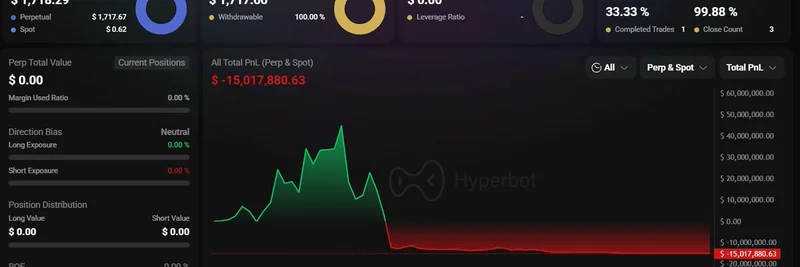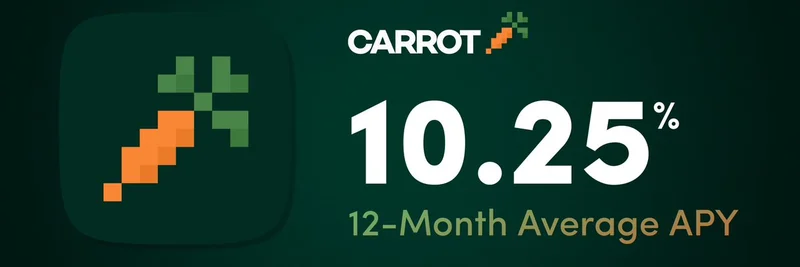Hey there, crypto enthusiasts! If you’ve been keeping an eye on the blockchain world, you’ve probably heard about the Solana ecosystem and its wild ride after the FTX collapse. A recent tweet by edgarpavlovsky takes us back to those chaotic yet inspiring months, calling it the "very best" time for Solana. Let’s dive into what made this period so special and what it could mean for the future of this blockchain powerhouse.
The Post-FTX Revival: A Time of True Grit
Edgar Pavlovsky, a key voice in the Solana community, shared a nostalgic yet optimistic take on the aftermath of the FTX collapse. For those unfamiliar, FTX was a major crypto exchange that went bust in late 2022, sending shockwaves through the industry. Solana, which had ties to FTX, took a hit, but what followed was nothing short of remarkable. Edgar highlights how the ecosystem came together, collaborating to fork Serum (a decentralized exchange) and iterate on new solutions. This wasn’t just about survival—it was about showing the world what decentralized innovation looks like.
Think of it like a team rally after a tough loss. Instead of pointing fingers, Solana’s developers and builders rolled up their sleeves, working with "true grit" to rebuild and improve. This collaborative spirit is what Edgar fondly remembers as Solana’s golden era.
Why It Matters: Innovation Over Chaos
So, why does this matter now? Edgar’s tweet ties into a bigger conversation happening in the Solana ecosystem, as seen in his earlier post here. He’s worried that some in the community are shifting from "value creation" (building new things) to "value extraction" (hoarding benefits for themselves). The post-FTX period, however, was the opposite—pure creation. People focused on growing the pie rather than fighting over slices.
This shift is crucial in the blockchain world, where innovation drives growth. Solana’s ability to handle thousands of transactions per second (as noted on solana.com) makes it a favorite for developers, especially in the meme token and DeFi (decentralized finance) spaces we cover at Meme Insider. The post-FTX collaboration proved that when the community works together, Solana can bounce back stronger.
Lessons for the Future
Edgar’s reflection isn’t just a trip down memory lane—it’s a call to action. He suggests that if Solana wants to keep thriving, it needs to stick to that innovative spirit. The ecosystem’s low fees (under $0.0025 per transaction) and fast block times (400 milliseconds) are huge advantages, but they shine brightest when paired with creative minds. If gatekeeping or political games take over, as he warns in his thread, the community might lose its edge, and builders could move to greener pastures.
For meme token enthusiasts and blockchain practitioners, this is a reminder to focus on projects that add value. Whether it’s a new Solana-based meme coin or a DeFi tool, the post-FTX era shows that collaboration and innovation are the keys to success.
What’s Next for Solana?
As of July 2025, the Solana ecosystem is at a crossroads. Edgar’s optimism shines through—he hopes there’s "a lot more room to run." With events like the Onchain Holiday showcasing Solana’s potential, there’s plenty to be excited about. But the lesson from the FTX days is clear: the best outcomes come when the community prioritizes building over battling.
So, what do you think? Will Solana reclaim that post-FTX magic, or are we seeing the start of a new chapter? Drop your thoughts in the comments, and stay tuned to Meme Insider for the latest on meme tokens and blockchain trends. Let’s keep pushing for that "up-only" vibe!


